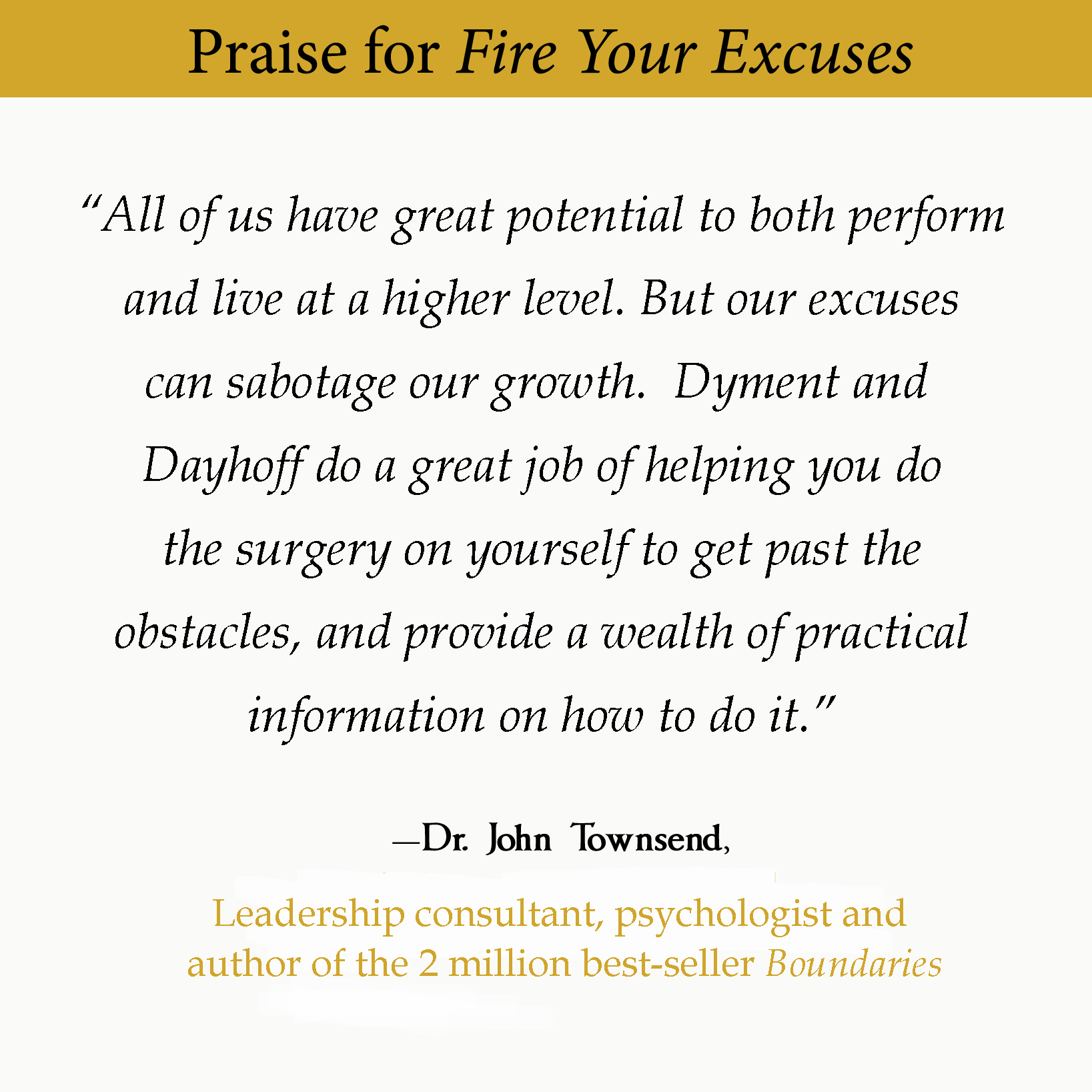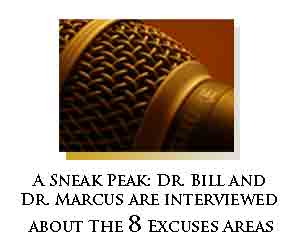
Autumn composition with workspace with blank notebook, pencil, red cup of coffee and beautiful red maple leaves. Top view, flat lay, vintage toning. Autumn relax concept
Like many early risers, popular executive coach, Ron Sharma, considers 5 to 8 a.m. every morning as “prime time or “the Golden Hours” and those who join him members of the esteemed “5 a.m. club.” Others prefer to work what has been coined “the second shift.” They finish their regular work day, grab dinner, then jump on the computer for a couple more, often highly productive, late night hours. you are a night owl or an early morning riser, the significant take away is not when you do your best work.
It doesn’t matter what time of day you are at your best. It is this: The more impact you wish to have in your career and personal life, the more you will need to set aside time for uninterrupted strategizing and planning, as well as activities that are mentally, physically and spiritually restorative. You will also need to use this time to schedule the fourth restorative domain, the only one not accomplished in solitude- maintaining healthy social connections.
Here is the leader’s paradox: You cannot be your best alone but great leaders must carve out significant alone time. As Michael Hyatt, productivity and leadership coach, said recently: “If your goals do not require a team, they are not big enough.”
The top business leaders I know all set aside specific time just for thinking. Some get away one day a month, a couple of days a quarter, and all certainly spend time developing yearly goals. But, at the same time, they also all sit down in some fashion weekly to renew, review and strategize their next seven days.
The One Percent
Over the past six months, in preparation for focusing more on this topic in the new year, I began to informally pole each of my corporate seminar audience members asking the following simple question: How many of you have written goals? On average, just 5% raised their hand. In a group of medical professionals recently, not one hand out of 50 was raised. Although, my sampling may be far from random, the conclusion is clear: If you set written goals, you are instantly putting yourself in a very small minority of your peers. If you hold a WPBM you are certainly in the 1%! The question is, does it matter?
How to Host Your Own Weekly Personal Business Meeting (WPBM)
Your weekly meeting can be high tech or low tech. There are any number of goal-setting and tracking systems you can follow. But, like the classic game of Rock-Paper-Scissors, just as Paper always beats Rock and Scissors always beats Paper, meeting once a week with yourself to plan always beats no meeting, and any system you use always beats having no system at all.
Why have a personal business meeting? To ensure that you take care of yourself and maximize your impact in service to others.
If you don’t plan your week strategically,
there are plenty of people eager to plan it for you.
If you look at most people’s digital calendars these days, “important” meetings are scheduled. What is missing? Typically, you will not find specific exercise appointments, time blocked out for personal projects, and, rarely, quality time for family or hobbies, except for structured events you need to attend. What is the net result? You make your meetings and deadlines, and, in some cases, are the consummate chauffer, but your self-care and most strategic long-term actions take a back seat or are put on hold indefinitely.
The weekly personal business meeting changes all that.
The Biggest Objection:
“Why should I commit to a weekly meeting if my schedule is constantly being interrupted and to-do items jettisoned because of emergencies and urgent tasks?”
The best way to answer that is to ask:
Should a person with variable income forego a monthly budget because one never knows how much is coming in a certain month? Of course not, in fact, that person needs a budget even more than the employee with a fixed monthly salary.
How to Structure Your Weekly Personal Business Meeting (WPBM)
What should cover in your one-hour weekly personal business meeting? Begin with the essential, must-do, part of your WPBM:
Part 1: Set your weekly schedule for maximum efficiency and impact.
-
Begin with self-care. Schedule your exercise sessions, and your times for social, mental and spiritual development for the upcoming week.
A word about scheduling in your social times. Fact: A classic UCLA wellness study reported that we need 3-4, one-hour contacts a week with others with whom we can be truly authentic and open to be at our best emotionally. Those who chronically do not have this level of connection (and a spouse or roommate cannot take care of all four hours) often experience a mildly depressed mood, certainly not one that facilitates you taking on additional “charge the hill” challenges during the week. Are 3-4 connections a week realistic? For some, given their current lifestyle they are not but that doesn’t change the truth of this finding. Our culture has simply drifted too far away from what is healthy socially and emotionally. We have more materially but are poorer in our social connections.
Resist the urge to “shoot the messenger,” instead, focus on what is possible during your week. Look for ways to increase the number and quality of your weekly social connections and use your WPBM time to ping a friend or two you can meet up with during the coming week. Be creative. Suggest exercising, commuting and working on needed projects together.
2. Next, schedule all your important and urgent work and family responsibilities. Double-check your existing meetings, but also add one or two action items you have been putting off or believe would be helpful to initiate this week. Think of your WPBM as making a list before your pack your suitcase for that special trip. The well-packed bag always holds more.
Part 2: Develop and Review Your Goals
The rest of your weekly personal business meeting is your prime time to be strategic. Think in categories. This is “big picture” strategy time. Think beyond just the coming week and about what won’t happen this year, or the next five if you don’t start now. Then, work backwards to what you need to do this week, however small, to make it happen. An excellent book on a system to do this very thing is The One Thing by Gary Keller and Jay Papasan.
Here are some categories I use when I hold Part 2 of my WPBM. Your category list will vary:
-
New skills needed for the year—what two or three learning objectives do I have for the year. What is my very next step this week toward pursuing them?
-
Service—what causes do I want to join, support or start? What is my next step?
-
Vacation Plans and Special Entertainment Events – where do we want to go this year? What events do we want to be sure not to miss or host? Review your calendar and look up the feasibility of making these event happen.
-
Medical- a more thorough follow-up of my initial self-care review above. What are my long-term medical goals? What appointments do I need to schedule?
-
Long-term business strategy—have I written down my Strengths-Weaknesses—Opportunities and-Threats recently? For example: My mastermind group is currently reading, Robert Stover’s Strategy Matters, a short but powerful book that asks essential questions about the direction of your business. I will be taking a few minutes each week to complete the exercises and will use some of my WPBM to do so. Even if this process takes a couple of months, I know it will be supremely helpful in terms of new directions and income.
Will there be some weeks where a WPBM is impossible? Definitely. But once you experience the power of your WPBM, you will learn to fight for your meeting zealously, even if it has to take place at a different time that week.
Everyone is different. Some people like hosting their WPBM late Friday afternoon. Others, unable to stop and think at work, prefer a weekend time- on a Sunday night, for example. Personally, I like to host mine early Monday mornings when I’m fresh from my weekend break.
Personal Impact:
What has been the result of having a consistent WPBM? The most obvious reward has been our book, Fire Your Excuses, which has led to countless new business opportunities since it was published three and a half years ago. We wanted to write a book about permanent change but was so busy speaking, consulting and seeing clients there was never time. Without a WPBM, we would never have carved out the time on our calendars to finish the book. If you have a book in you too, there’s little reason to expect you will suddenly find the time. You will need to having a meeting with yourself often or your dream will slip away.
The WPBM can also have a huge impact on your health. The discipline of planning exercise time and weekly healthy grocery lists can pay off handsomely. It is all to easy to keep careful track of work engagements and appointments but just a vague commitment in your head when you will exercise, if at all, during the week.
Use your WPBM to schedule in refreshing social connections and strategic learning goals. The landmark UCLA study above reveals the powerfully negative impact of not having sufficient weekly connect with healthy friends outside of work and family. We all need to schedule gathering with supportive friends and authentic colleagues each week. This decision will have a tremendous impact on several areas of your life–your health, your soul and your business too.
On the learning front, consider one learning goal between now and year’s end. The fall is traditionally “back to school time” and most of us are still wired that way. Don’t have time? How about combining your commuting and exercise time with listening to books, podcasts and, on the elliptical in the gym, reading or watching educational videos.
Is a weekly personal business meeting for you? we hope you take up the challenge. One thing we can say with certainty, the top 1% leaders in your field are all scheduling one. And, if you work primarily at home, either in your own business or caring for your family, a WPBM will enable you to uncover many strategy actions that will make your life easier and more impactful as you serve others and care for yourself.
____












 Fire Your Excuses™ is delighted to be able to support World Vision’s Well Projects by donating 10% of all gross income to assist the people of Malawi, Africa, with clean water. When you enroll in a Fire Your Excuses™ coaching program, attend one of our seminars, or order our book, you are also giving the gift of life—fresh water to needy communities in Malawi, Africa, the world’s sixth poorest country.
Fire Your Excuses™ is delighted to be able to support World Vision’s Well Projects by donating 10% of all gross income to assist the people of Malawi, Africa, with clean water. When you enroll in a Fire Your Excuses™ coaching program, attend one of our seminars, or order our book, you are also giving the gift of life—fresh water to needy communities in Malawi, Africa, the world’s sixth poorest country.